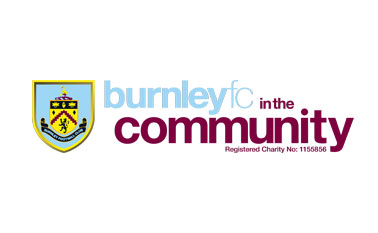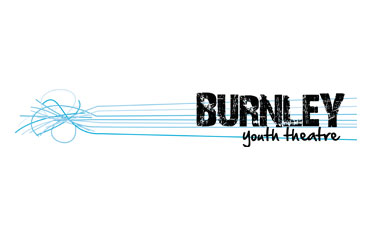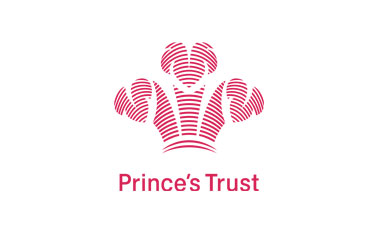- Abuse isn’t always perpetrated by adults; children can abuse other children and it can happen both inside and outside of educational settings and online. This is known as ‘child-on-child abuse’. Examples include:
- bullying, including cyberbullying, prejudice-based and discriminatory bullying
- abuse in intimate personal relationships between peers
- physical abuse such as hitting, kicking, shaking, biting, hair pulling, or otherwise causing physical harm; this may include an online element which facilitates, threatens and/or encourages physical abuse
- sexual violence, such as rape, assault by penetration and sexual assault; this may include an online element which facilitates, threatens and/or encourages sexual violence
- sexual harassment, such as sexual comments, remarks, jokes and online sexual harassment, which may be standalone or part of a broader pattern of abuse
- causing someone to engage in sexual activity without consent
- consensual and non-consensual sharing of nude and semi nude images and or videos (also known as ‘sexting’ or ‘youth produced sexual imagery’)
- ‘Upskirting’ which involves taking a picture under someone’s clothing without them knowing; this is usually with the intention of viewing their genitals or buttocks for sexual gratification, or cause the victim humiliation, distress or alarm. Upskirting is a criminal offence and anyone of any gender, can be a victim
- initiation/hazing type violence and rituals.
Staff know how to report concerns any concerns, in line with our Safeguarding and Child Protection policy. All staff are trained to spot the signs of abuse and maintain the approach that ‘it could happen here’; we challenge inappropriate behaviours between children that children may class as “banter”, “just having a laugh”, “part of growing up” or “boys being boys” and are actually abusive in nature.
Bullying
Bullying is a type of behaviour, repeated over time, that intentionally hurts another individual or group. If left unaddressed, bullying at school can have a serious impact on a young person’s mental health, self-esteem and ability to thrive in education. Bullying can/may:
- Be physical abuse, such as: hitting, kicking, shaking, biting
- Be emotional abuse, such as: name calling, spreading rumours or social inclusion
- Involve intimidation or threats of violence
- Involve racial, sexual or homophobic abuse
- Be perpetrated by an individual or a group
- Take place online or via technology (aka cyberbullying)
- Be motivated by real or perceived differences
- Involve an imbalance of power
- Disproportionately impact children with SEN and disabilities
The Education (Independent School Standards) Regulations 2014 and Section 89 of the Education and Inspections Act 2006 both require schools and education settings to prevent bullying amongst pupils through the implementation of an effective anti-bullying policy.
Where bullying outside school is reported to school staff, it should be investigated and acted on “to such an extent as is reasonable”, in accordance with the school’s anti-bullying policy; this includes cases of cyberbullying.
Sexual violence and sexual harassment
Sexual violence refers to crimes under the Sexual Offences Act 2003 and includes rape, assault by penetration and sexual assault; whilst sexual harassment incorporates a wider range of ‘unwanted conduct of a sexual nature’, such as: sexual comments or lewd “jokes”, sexualised bullying, non-consensual taking or sharing of sexual images/videos (such as upskirting), or physical behaviour such as: deliberately brushing against someone or ‘pinging’ bra straps.
Sexual violence and sexual harassment can/may:
- Occur between two children of any age and sex
- Be physical and/or verbal
- Occur online and/or offline
- Be perpetrated by individuals or groups, against individuals or groups
- Be a standalone incident, or part of a wider pattern of sexualised behaviour
- Be perpetrated against some children more than others, such as: girls, children with SEND or LGBT children.
Children who are victims of sexual violence and sexual harassment will likely find the experience stressful and distressing. This will, in all likelihood, adversely affect their educational attainment and will be exacerbated if the alleged perpetrator(s) attends the same setting.
It is essential that all victims are reassured that they are being taken seriously and that they will be supported and kept safe. A victim should never be given the impression that they are creating a problem by reporting sexual violence or sexual harassment. Nor should a victim ever be made to feel ashamed for making a report.
The DfE have commissioned the NSPCC to run a bespoke helpline to provide appropriate support and advice to victims of sexual abuse in education and concerned adults. The helpline can be contacted via 0800 136 663 or email help@nspcc.org.uk
“I really like the teachers and staff here. They prepare fun lessons and give you lots of support”
Pupil








